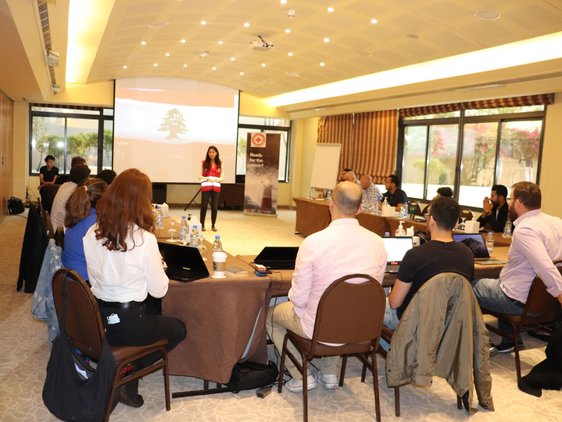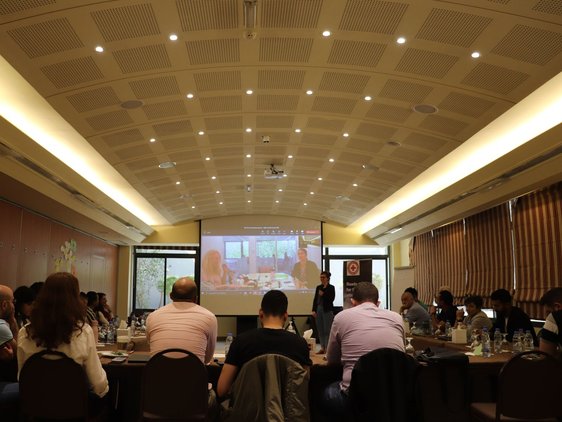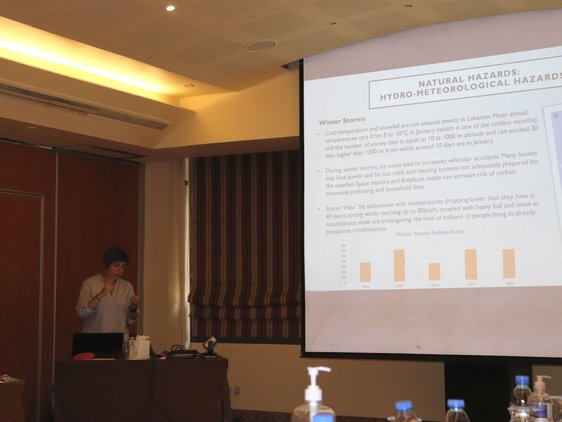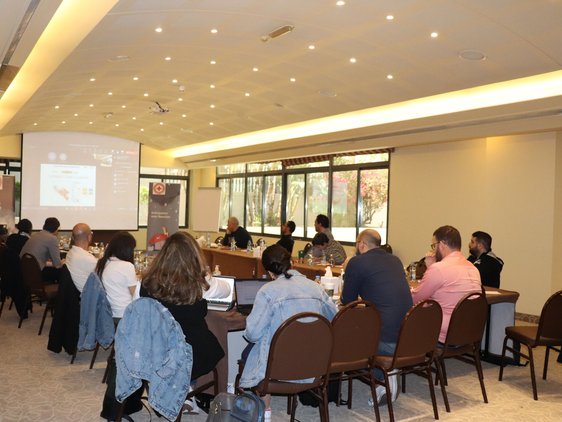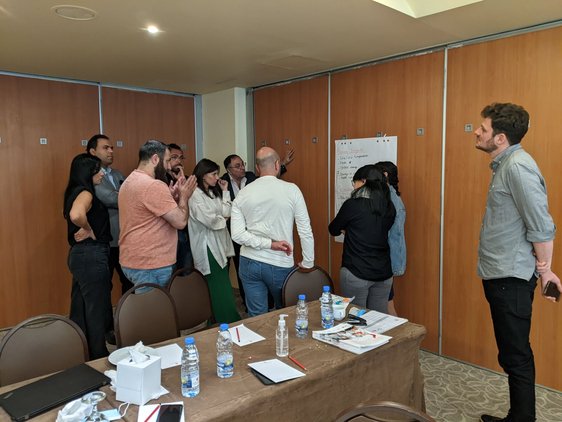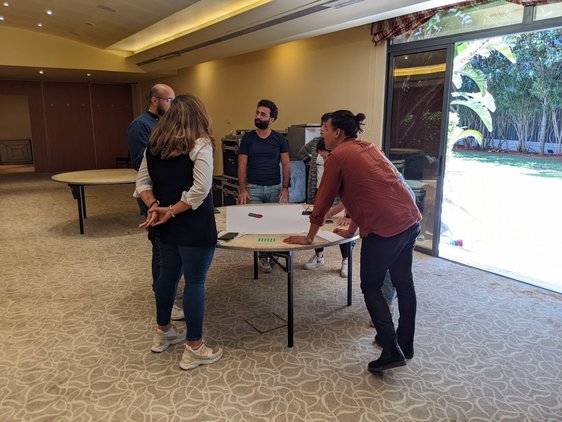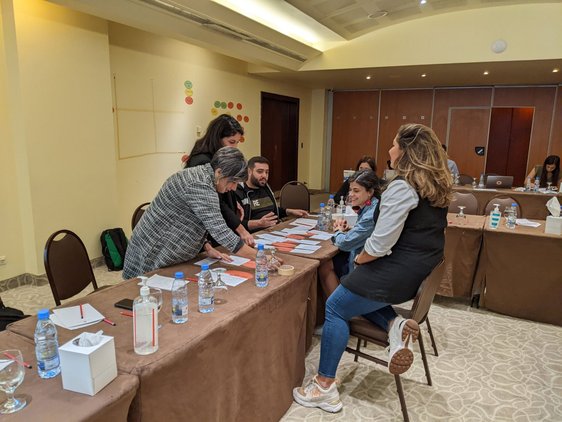Forecast-based Financing in Lebanon: Anticipation over Reaction
Project objective
The overall objective of the project is to enable LRC to anticipate for extreme events by implementing early (anticipatory) actions in high-risk areas based on a forecast and impact assessment in order to effectively help vulnerable communities to be prepared and to protect themselves and their livelihoods before the materialization of an extreme event. Winter storms was selected as a priority hazard for LRC since it was identified as recurrent forecastable climate risk, with enough lead time for warning and early response, and with a high effect as a potential for piloting FbF in Lebanon since the LRC has previous experience with winter storms, including early actions.
Key facts
Start/end date
Phase 1: October 2021 to December 2022
Hazards covered
Winter storms
Regions covered
To be confirmed
Early action sectors
To be confirmed
Anticipatory Action Protocols/Plans in place
To be confirmed
Activations
None to date
Population reached during activations
To be confirmed
Key actors/implementing partners
Lebanese Red Cross | German Red Cross
Project description
Lebanon is exposed to numerous natural and man-made hazards resulting in devastating effects impacting the Lebanese population. As such, the availability of effective disaster risk reduction measures is crucial to ensure proper planning followed by the implementation of effective early action and response measures to minimize losses and damages.
The LRC runs a comprehensive and advanced Disaster Risk Reduction (DRR) program and has increasingly strengthened its position as a key player on DRR in Lebanon over the course of the past years. In fact, during 2020, the compounding crises has shown the positive impact of long-term DRR investments and initiatives in crisis and disaster risk management and support for local and national authorities.
The LRC is a key response actor across Lebanon and has established a constructive and collaborative relationship with governmental disaster risk management actors. The interventions executed by the LRC go beyond the response procedures implemented following crises and disasters to include anticipatory measures and the implementation of early actions to mitigate the impact of disasters on local communities. Accordingly, the need for systematized and effective forecast-based actions has been identified by the LRC, which will be jointly developed with relevant authorities and stakeholders. In coordination and the support from the German Red Cross, the Forecast-based Financing (FbF) in Lebanon project has been launched. The aim is that LRC in coordination with relevant stakeholders is able to assist highly vulnerable communities to prepare for and protect themselves from extreme events before they occur.
The feasibility study which explored the feasibility for an FbF system for weather and non-weather related hazards was carried out by involving all the relevant actors including a scientific institution. Winter storms were the selected hazard to be tackled since it causes the highest impact, is forecastable with enough lead time, and is in line with LRCs experience and interest.
The project will seek to put in place an early warning and early action system that enables the LRC, in partnership with government institutions and other humanitarian actors, to carry out predetermined actions based on winter storm trigger and reduce its impacts on target populations. An early action protocol (EAP) for winter storms will be developed, tested in a simulation exercise, evaluated and adapted based on lessons learned. The LRC will be working with relevant national and regional stakeholders to advocate and integrate FbF in their disaster risk management, contingency planning and early action early warning systems.
Outcomes (outputs) and lessons learned
A Forecast-based Financing plan in Lebanon has been developed with relevant national and international stakeholders.
The Forecast-based Financing plan has been simulated, evaluated and adapted based on lessons learned.
Capacities and processes for anticipatory action planning and implementation at LRC are strengthened.
Relevant national and regional stakeholders know FbF and integrate it in their disaster risk management, contingency planning and early actions.
Project impressions
